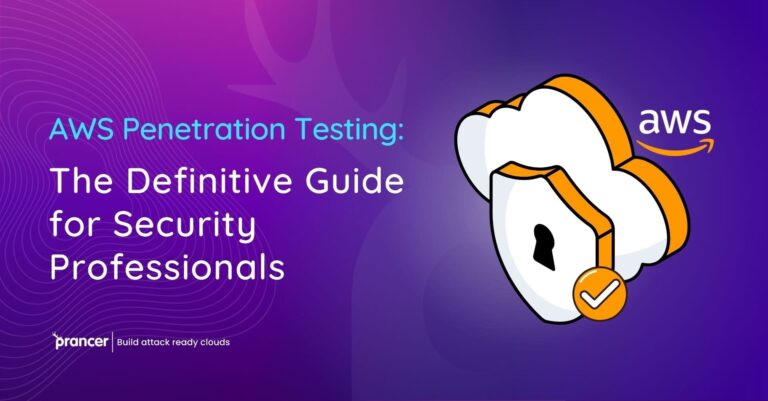
In the era of cloud computing and interconnected systems, securing APIs (Application Programming Interfaces) is crucial for maintaining robust application security. This article highlights the importance of secure APIs in enhancing cloud and API security while emphasizing the role of automated security solutions. Discover how Prancer’s advanced solutions can help you secure your APIs and fortify your application security.
The Importance of Secure APIs: APIs serve as the foundation for communication and data exchange between applications. Securing APIs is essential to prevent unauthorized access, protect sensitive data, and maintain the integrity and availability of your applications.
The Power of Automated Security: Automated security solutions play a vital role in securing APIs and bolstering application security. By leveraging intelligent algorithms, continuous monitoring, and real-time threat intelligence, these tools can identify vulnerabilities, detect API abuses, and mitigate security risks. Prancer, a leading provider of automated security solutions, offers comprehensive features to enhance API security and protect applications.
In addition to the automated security solutions highlighted above, Prancer offers features such as API traffic encryption, data masking, and comprehensive audit logs to further enhance API security. With Prancer’s comprehensive suite of automated security solutions, organizations can secure their APIs, protect sensitive data, and fortify their application security.
Strengthen Your Application Security with Prancer’s Automated Solutions for Secure APIs
Securing APIs is paramount for maintaining robust application security in the interconnected world. By leveraging Prancer’s advanced automated security solutions, organizations can enhance their API security, conduct comprehensive security testing, monitor API traffic, and enforce strong authentication and authorization mechanisms. Protect your APIs, safeguard your applications, and fortify your overall application security with Prancer’s comprehensive suite of automated security solutions.
